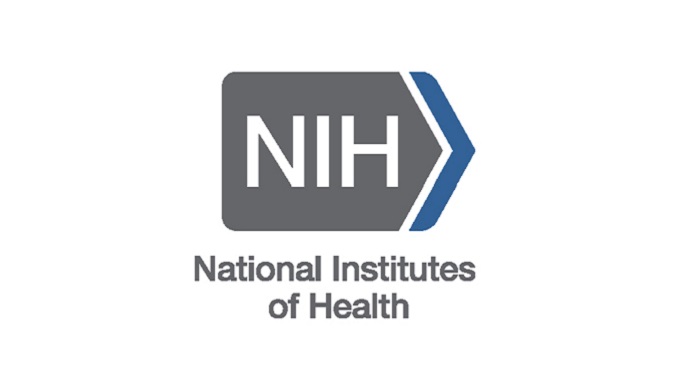December 2006: A medication given to diabetics to improve their body's sensitivity to insulin also appears to slow the thickening of their artery walls, according to a study posted online by JAMA. The study is being released early to coincide with its presentation at the American Heart Association Scientific Session. It will be published in the December 6 print issue of JAMA.
Individuals with diabetes, who cannot produce sufficient amounts of insulin or respond to the insulin needed to turn glucose into energy, have a higher risk for myocardial infarction (heart attack), according to background information in the article. Controlling blood pressure and low-density lipoprotein (LDL, or "bad") cholesterol has been shown to reduce some of this excess risk. "However, even with optimal control of these potent cardiovascular risk factors, incremental risk for cardiovascular events remains high compared with individuals without diabetes," the authors write. "New approaches are, therefore, needed to further reduce cardiovascular risk in patients with diabetes."
Theodore Mazzone, M.D., of the University of Illinois at Chicago College of Medicine, and colleagues studied the effects of a potential new approach, using a drug known as pioglitazone, in 462 adults with type 2 diabetes in the Chicago metropolitan area between 2003 and 2006. Study participants had an average age of 60 and included 289 men and 173 women; they were randomly assigned to receive a daily dose of either pioglitazone (15 to 45 milligrams) or of glimepiride (1 to 4 milligrams), another diabetes medication that works through different mechanisms.
At the beginning of the study and again 24, 48 and 72 weeks later, ultrasound was used to measure the thickness of the middle layers of the carotid arteries (which are located in the neck and carry blood to the brain). The measurements are called carotid artery intima-media thickness, or CIMT. Using this measurement, other studies have suggested that thicker artery walls, and changes in artery wall thickness over time, are associated with a higher risk for heart events. Glycosolated hemoglobin (HbA1c) levels, a measure of blood glucose control over an extended period, were also monitored throughout the study, as were blood pressure, blood cholesterol levels and adverse events.
A total of 158 (68 percent) of the pioglitazone group and 165 (72 percent) of the glimepiride group completed the 72-week trial; 175 (76 percent) of those in the pioglitazone group and 186 (81 percent) in the glimepiride group had at least one ultrasound of the carotid artery and were included in the artery wall thickness analysis. At baseline, the average CIMT was comparable in the pioglitazone group than among and the glimepiride group (.771 millimeters vs. .779 millimeters). At the 72-week follow-up period, the CIMT of patients in the glimepiride group increased by an average of .012 millimeters from the beginning of the study, while the average CIMT in the pioglitazone group decreased by .001 millimeters. "A pre-specified subgroup analysis based on age, sex, systolic blood pressure, duration of type 2 diabetes mellitus, body mass index, HbA1c value and statin use showed a uniform beneficial effect of pioglitazone treatment," the authors write.
Continue Reading Below ↓↓↓
Over the course of the study, blood pressure changes were not significantly different between the two groups. HbA1c levels were also similar until week 48, when those in the pioglitazone group became significantly lower than those in the glimepiride group. High-density lipoprotein (HDL or "good") cholesterol levels increased in those taking pioglitazone by week 24 and remained higher through 72 weeks compared with those taking glimepiride. These measures represent potential mechanisms by which pioglitazone reduced artery thickness, the authors write. "It also remains possible that thiazolidinediones [the class of drug that includes pioglitazone] can have a directly beneficial effect on the vessel wall," they continue.
"Additional data will be needed to determine the clinical significance of these findings; specifically, whether a strategy of routine use of pioglitazone instead of glimepiride substantially reduces major cardiovascular events," they conclude.
(JAMA. 2006; 296: (doi:10.1001/jama.296.21.joc60158)
Source: JAMA and Archives Journals











